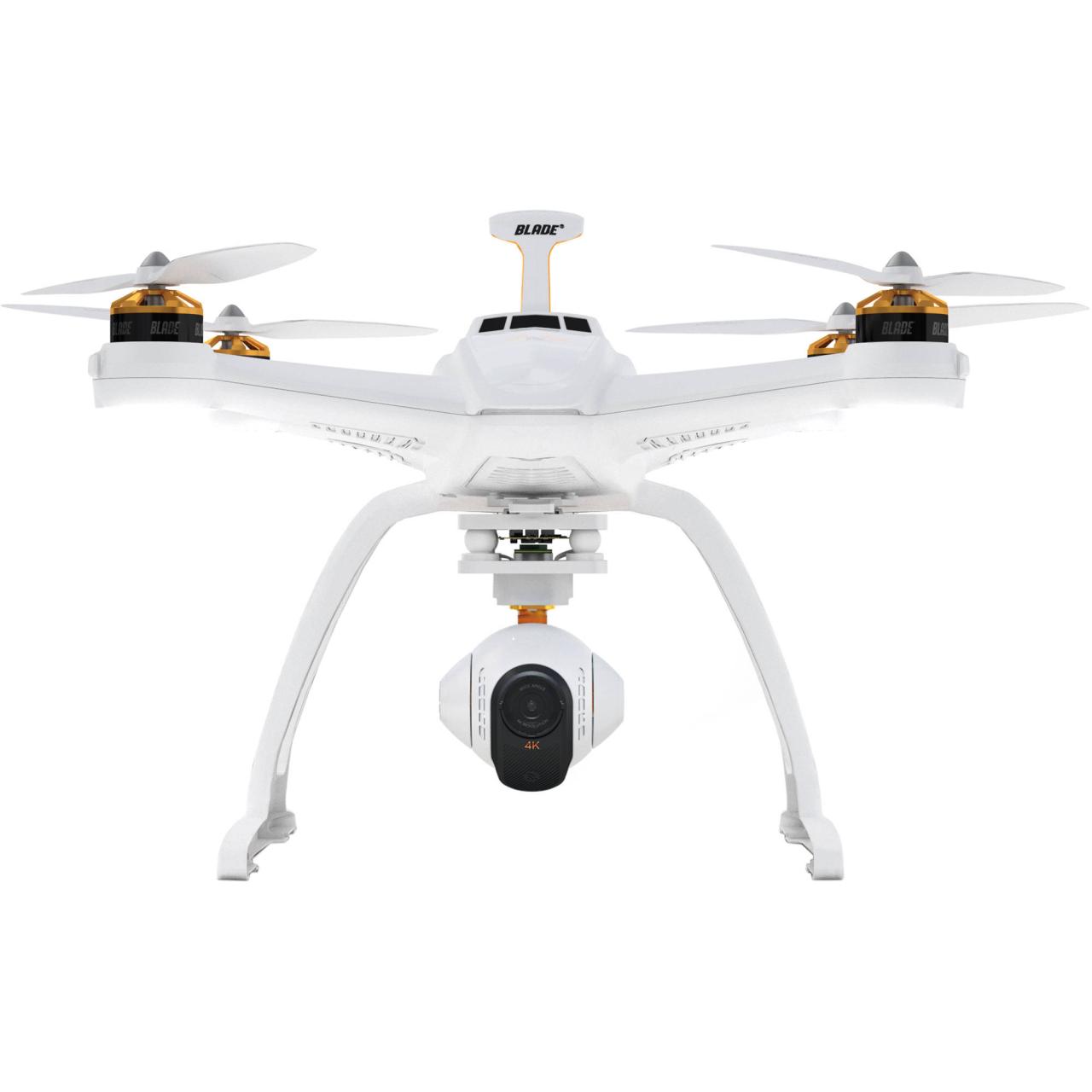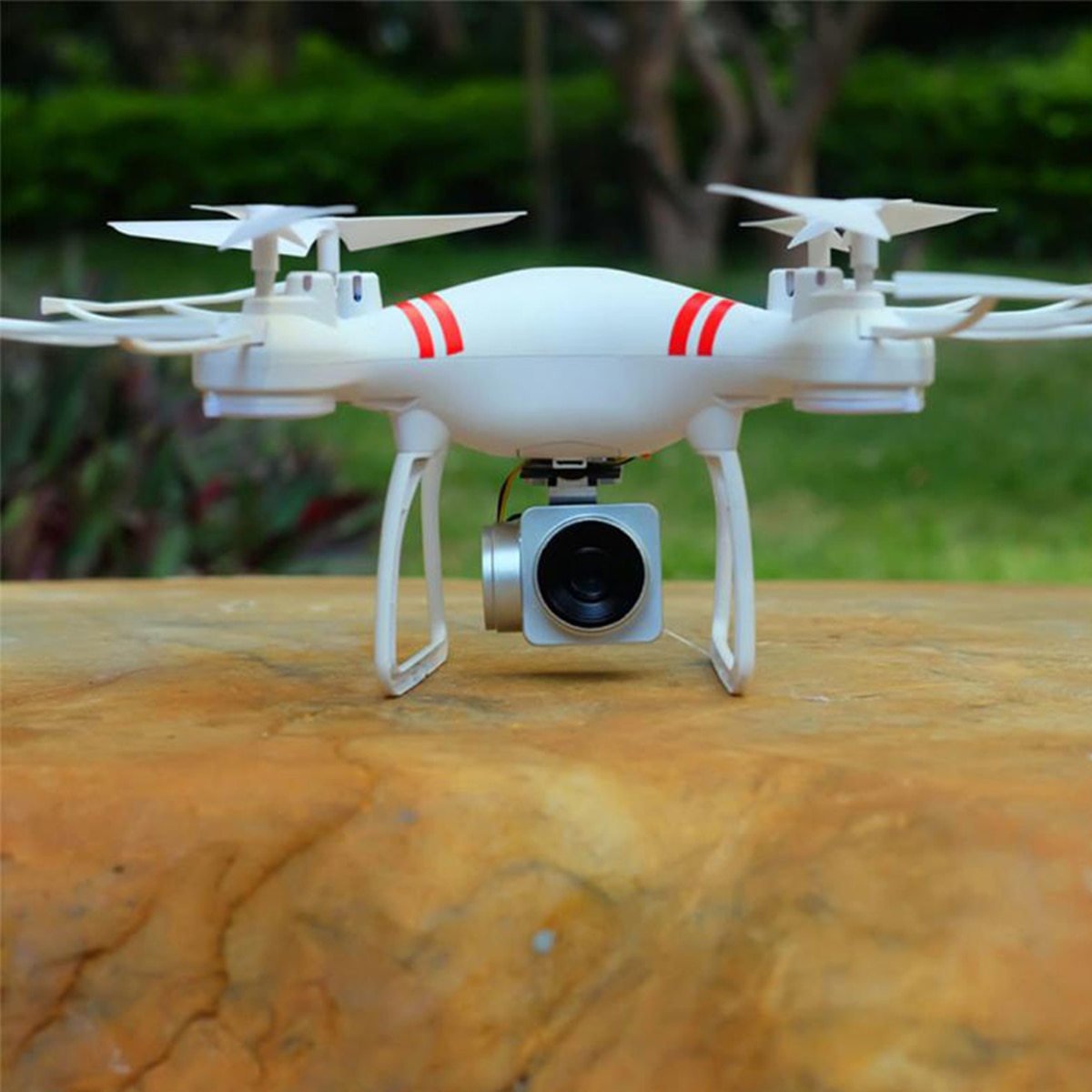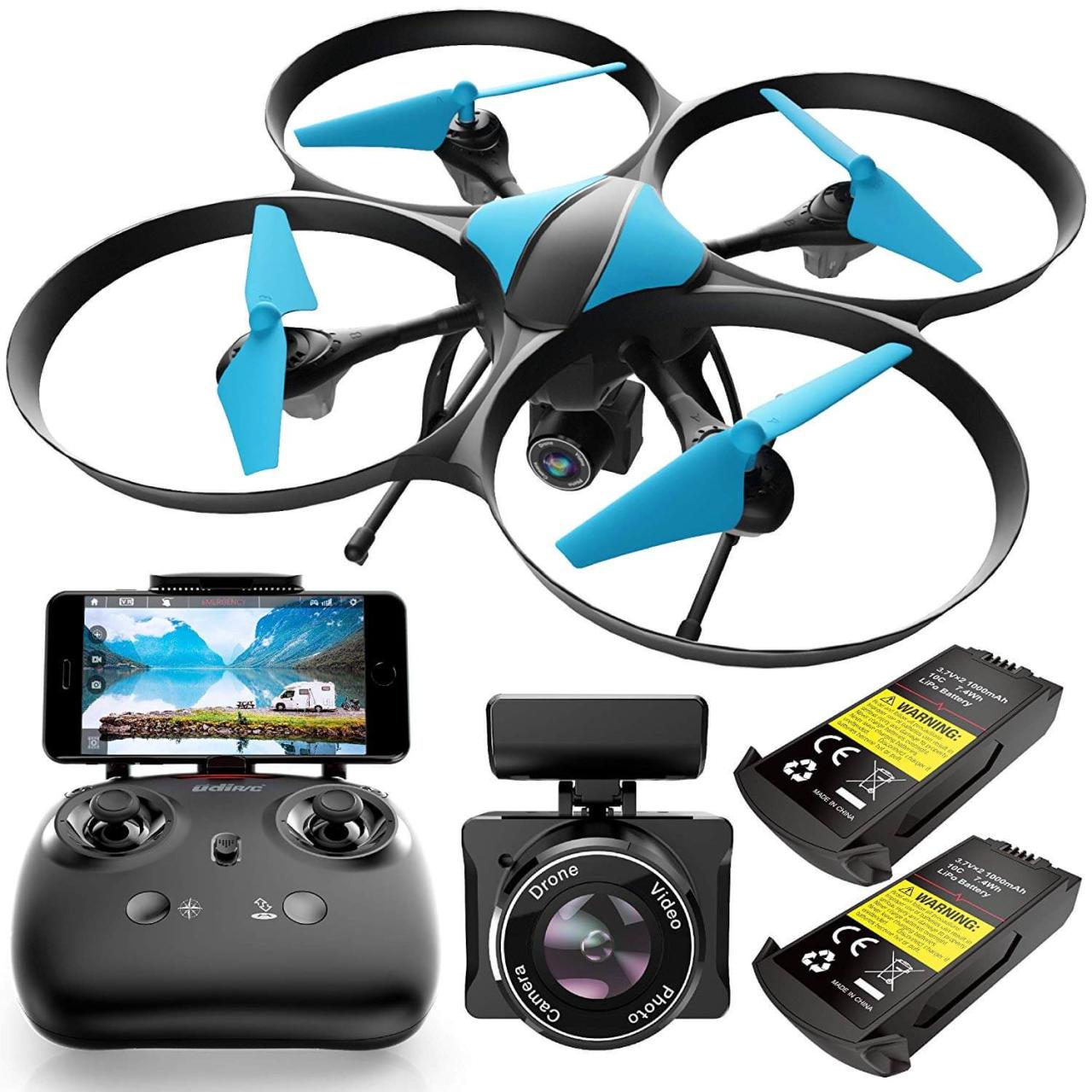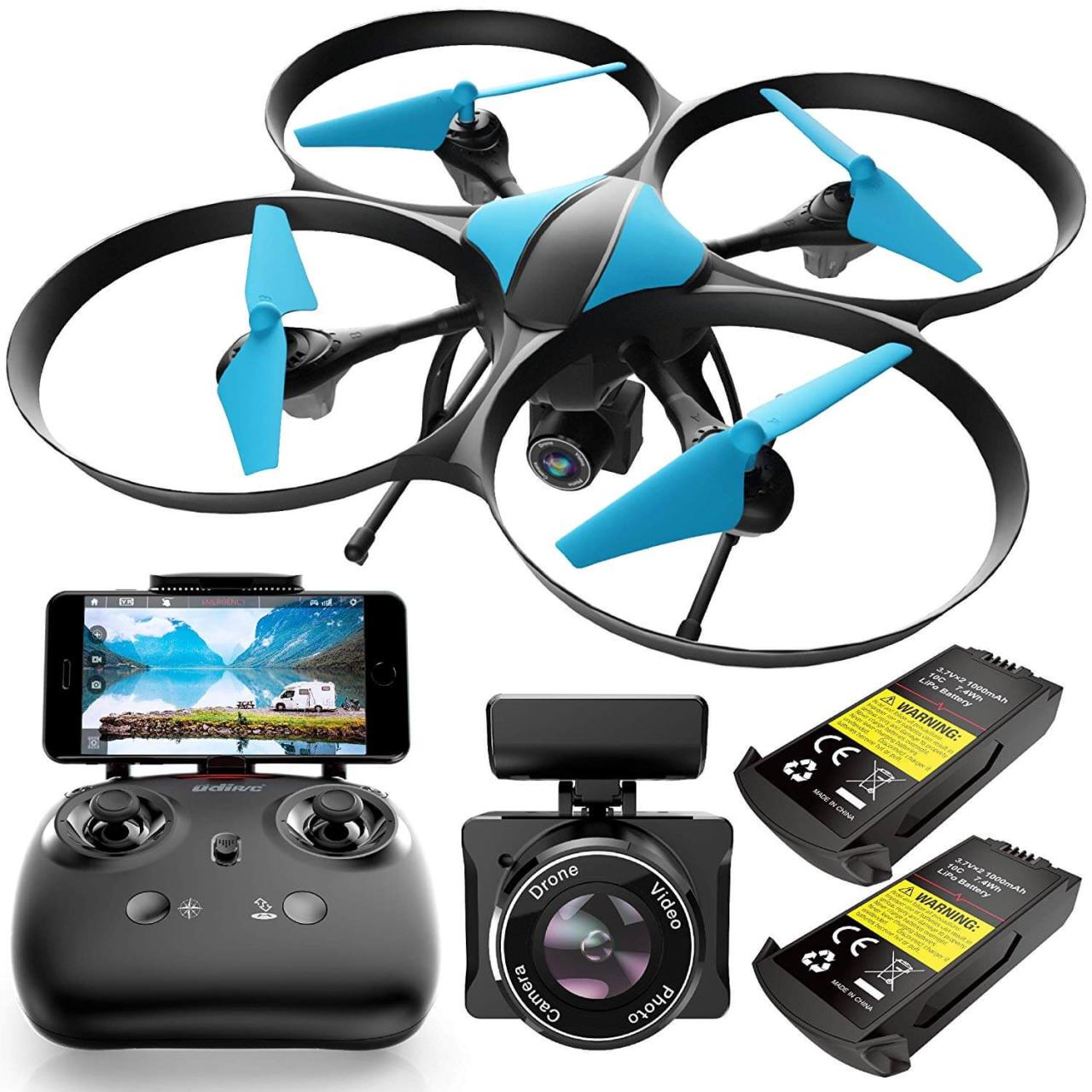Drone with camera technology has revolutionized aerial imaging, offering unprecedented accessibility and versatility across numerous sectors. From high-resolution photography to advanced video capture, these unmanned aerial vehicles (UAVs) are transforming industries and providing innovative solutions for a wide range of applications. This exploration delves into the diverse types of drones, their camera technologies, applications, and the legal and ethical considerations surrounding their use.
We will examine the different types of drones available, focusing on their camera specifications, intended uses, and price points. We will also explore the intricacies of drone camera technology, including sensor types, image processing capabilities, and lens options. Furthermore, we will discuss the various applications of drone cameras across different industries, the associated legal and ethical implications, and future trends in this rapidly evolving field.
Types of Drones with Cameras: Drone With Camera
Drones equipped with cameras offer a versatile range of capabilities, catering to various needs and budgets. Understanding the different types available is crucial for making an informed purchase. This section classifies drones based on camera features, provides examples, and compares fixed-wing and multirotor designs.
Drone Classifications Based on Camera Features

Drone cameras vary significantly in resolution, stabilization systems, and zoom capabilities. These differences directly impact image and video quality, as well as the suitability for specific applications.
| Type | Camera Specs | Use Case | Price Range |
|---|---|---|---|
| Entry-Level Multirotor | 1080p video, basic stabilization, no zoom | Hobbyist use, recreational filming | $200 – $500 |
| Mid-Range Multirotor | 4K video, 3-axis gimbal stabilization, optical zoom | Aerial photography, real estate photography, videography | $500 – $1500 |
| High-End Multirotor | 6K or higher video, advanced stabilization, high optical and digital zoom, RAW image capture | Professional cinematography, aerial surveying, inspection | $1500+ |
| Fixed-Wing Drone | Variable, depending on model; often optimized for long flight times and wide area coverage | Mapping, surveying, agriculture | $1000+ |
Fixed-Wing vs. Multirotor Drones for Aerial Photography
Fixed-wing drones excel in covering large areas due to their longer flight times and efficient aerodynamics. However, they lack the maneuverability of multirotor drones, which are ideal for precise shots and intricate movements. Multirotor drones, while offering superior agility, typically have shorter flight times and higher power consumption.
Camera Technology in Drones
The quality of aerial imagery is heavily reliant on the drone’s camera technology. This section delves into the sensor types, image processing capabilities, and lens types that influence image quality.
Drone Camera Sensor Types and Image Processing
Most drone cameras utilize CMOS (Complementary Metal-Oxide-Semiconductor) sensors for their efficiency and low power consumption. These sensors capture light and convert it into digital data. Image processing capabilities like HDR (High Dynamic Range) improve the dynamic range of images, capturing detail in both bright and dark areas. Noise reduction algorithms minimize graininess in low-light conditions.
Drone Camera Lens Types
Various lens types are used in drone cameras, impacting the field of view and image quality. Wide-angle lenses capture expansive scenes, while telephoto lenses allow for close-up shots. The focal length of the lens directly affects the perspective and depth of field in the resulting image.
Advanced Camera Features Enhancing Image Capture
Obstacle avoidance systems and intelligent flight modes significantly enhance image capture by enabling safer and more efficient operations. Obstacle avoidance prevents collisions, while intelligent flight modes like point-of-interest and follow-me allow for complex shots without requiring advanced piloting skills. These features improve both safety and the quality of the final product.
Applications of Drones with Cameras
Drones with cameras are revolutionizing various industries by offering efficient and cost-effective solutions. This section highlights five key industries and their specific applications.
Diverse Industry Applications of Drone Cameras
The versatility of drone cameras extends across a wide spectrum of sectors, each leveraging specific features for optimized results. The following list showcases the key applications and associated benefits.
- Real Estate: Aerial photography and videography for property listings, showcasing property features and surroundings. Benefits include faster turnaround times and more compelling marketing materials.
- Agriculture: Crop monitoring, identifying areas needing attention, and assessing overall crop health. Thermal imaging cameras can detect stress in plants.
- Construction: Site surveying, progress monitoring, and inspection of structures. Benefits include increased efficiency and reduced risks associated with manual inspections.
- Infrastructure Inspection: Assessing bridges, power lines, and other infrastructure for damage or wear and tear. Thermal imaging and high-resolution cameras are crucial.
- Search and Rescue: Locating missing persons or survivors in disaster areas. The wide field of view and long flight times of certain drones are advantageous.
Safety Regulations and Considerations for Drone Operation, Drone with camera
- Obtain necessary permits and licenses: Regulations vary by location and industry. Thorough research is essential before operation.
- Maintain safe flight altitudes and distances: Avoid flying near people, buildings, or other obstacles.
- Adhere to airspace restrictions: Be aware of and avoid restricted airspace.
- Respect privacy: Do not fly over private property without permission.
- Regularly inspect and maintain equipment: Ensure the drone and camera are in optimal working condition.
Drone Camera Image and Video Quality

Several factors influence the quality of drone-captured images and videos. Understanding these factors is key to achieving optimal results.
Factors Influencing Image and Video Quality

Image and video quality from drones is determined by a combination of factors, including the camera’s sensor size and resolution, lens quality, and environmental conditions. Proper lighting is crucial; insufficient light leads to noise and poor detail. Weather conditions like fog, rain, and strong winds can significantly affect image clarity and stability.
Drones equipped with cameras offer incredible versatility for various applications, from surveying construction sites to capturing breathtaking landscapes. For real-time weather monitoring in challenging environments, consider the innovative approach of using a dedicated system like the coquihalla weather camera , which provides crucial data. This highlights how specialized camera systems, whether drone-based or fixed, are valuable tools for gathering critical visual information.
Post-Processing Techniques for Drone Footage
Post-processing software can enhance drone footage, correcting color balance, sharpening images, and stabilizing shaky footage. Professional-grade software offers advanced features for color grading, noise reduction, and other adjustments.
Comparison of Image Quality Under Various Lighting Conditions
| Drone Model | Low Light | Bright Sunlight | Overcast |
|---|---|---|---|
| Example Drone A | Moderate noise, acceptable detail | Excellent detail, vibrant colors | Good detail, slightly muted colors |
| Example Drone B | High noise, reduced detail | Excellent detail, slightly overexposed | Good detail, natural colors |
Legal and Ethical Considerations
Operating drones with cameras raises important legal and ethical concerns. Responsible and ethical drone operation is paramount.
Legal Frameworks Governing Drone Use
Laws regarding drone operation vary significantly across countries and regions. Regulations often address airspace restrictions, licensing requirements, and data privacy concerns. Prior to any operation, thorough research into local laws is mandatory.
Ethical Implications of Drone Surveillance
The use of drones for surveillance raises ethical concerns regarding privacy and potential misuse. Responsible operators prioritize transparency and respect for individual privacy.
Best Practices for Responsible and Ethical Drone Operation
- Obtain necessary permissions before filming in public or private spaces.
- Respect privacy and avoid filming individuals without their consent.
- Comply with all relevant laws and regulations.
- Use drones responsibly and avoid causing harm or disruption.
Future Trends in Drone Camera Technology
The field of drone camera technology is constantly evolving, with ongoing advancements promising significant improvements in capabilities.
Drones equipped with high-resolution cameras offer incredible versatility for various applications, from aerial photography to infrastructure inspection. Understanding the legal and regulatory landscape is crucial, however, as highlighted by recent news regarding drone usage; for example, the article on drones over new jersey solved offers valuable insights into navigating these complexities. Ultimately, responsible operation of a drone with camera ensures both safe and effective use.
Predictions for Future Advancements
- Next 5 years: Widespread adoption of AI-powered features like automated object tracking and scene recognition; significant improvements in low-light performance; higher resolution sensors becoming more affordable.
- Next 10 years: Integration of advanced sensor technologies like LiDAR and hyperspectral imaging; development of more compact and powerful cameras; increased use of drones in autonomous applications.
The integration of advanced camera technology into drone platforms has unlocked a new era of aerial imaging capabilities. From detailed inspections to breathtaking cinematic footage, drones with cameras are reshaping industries and providing valuable insights across various sectors. As technology continues to advance, we can anticipate even greater precision, autonomy, and accessibility, further expanding the potential applications and impact of this transformative technology.
Understanding the legal and ethical considerations remains crucial for responsible and beneficial use.
FAQ
What is the flight time of a typical drone with a camera?
Flight time varies greatly depending on the drone model, battery size, and environmental conditions. It typically ranges from 15 to 30 minutes, but some models can achieve longer flight times.
How do I store and manage the large amounts of data captured by a drone camera?
Use high-capacity SD cards and consider cloud storage solutions or external hard drives for efficient data management. Organize your files using a system that makes them easy to locate and retrieve.
What are the best practices for maintaining my drone camera?
Regularly clean the lens and sensor, protect the drone from harsh weather conditions, and store it in a safe, dry place. Follow the manufacturer’s instructions for maintenance and cleaning.
What type of software is needed to edit drone footage?
Many video editing software packages, such as Adobe Premiere Pro, DaVinci Resolve, and Final Cut Pro, are compatible with drone footage. Choose software that meets your specific needs and skill level.
